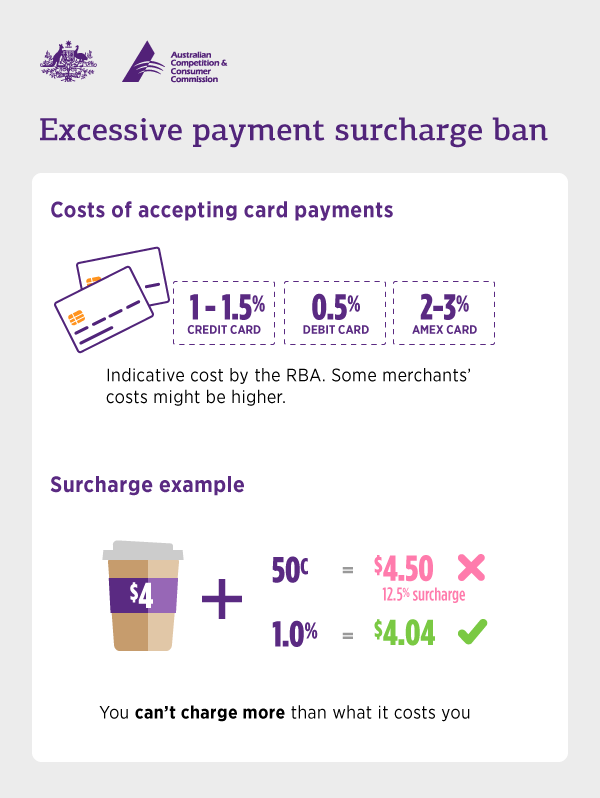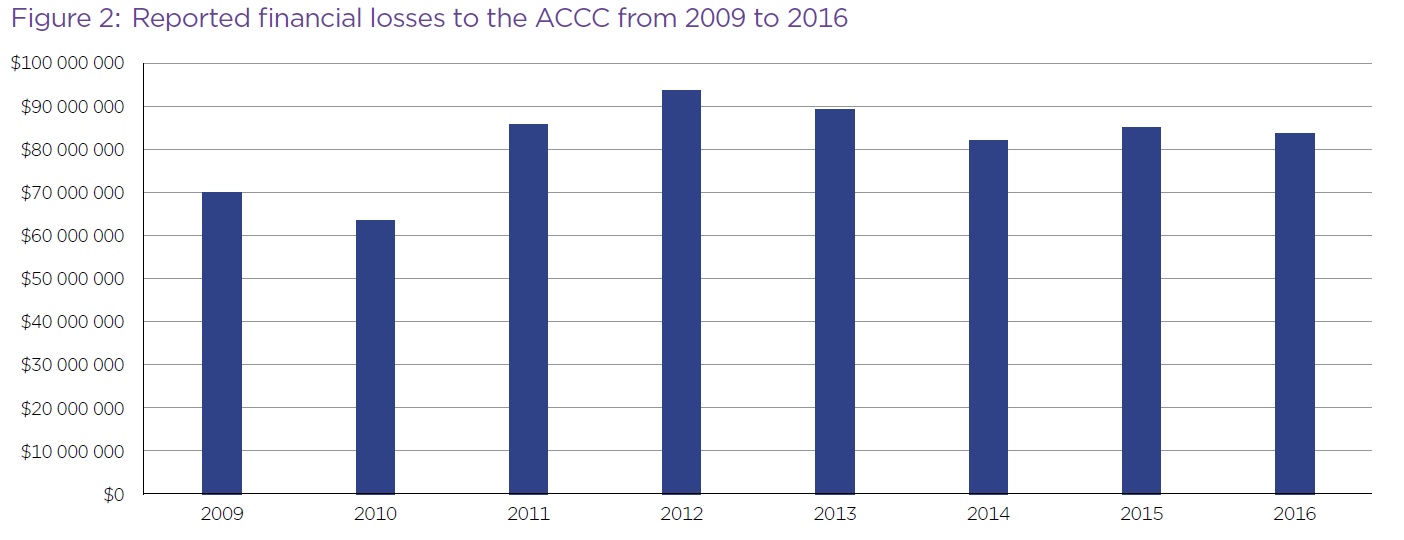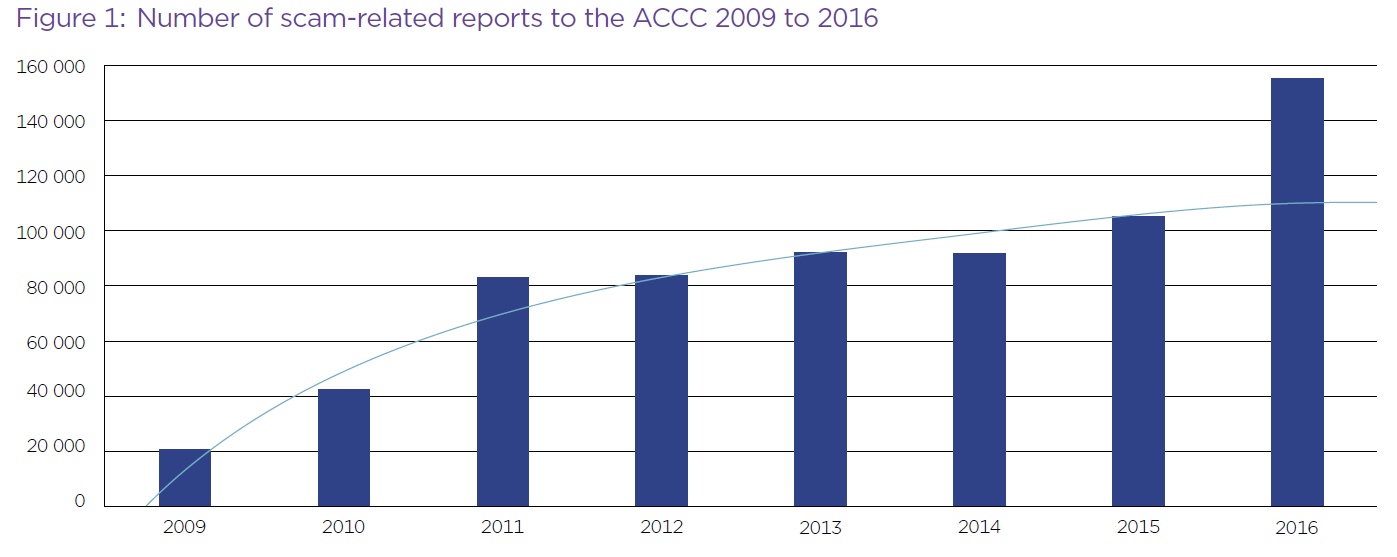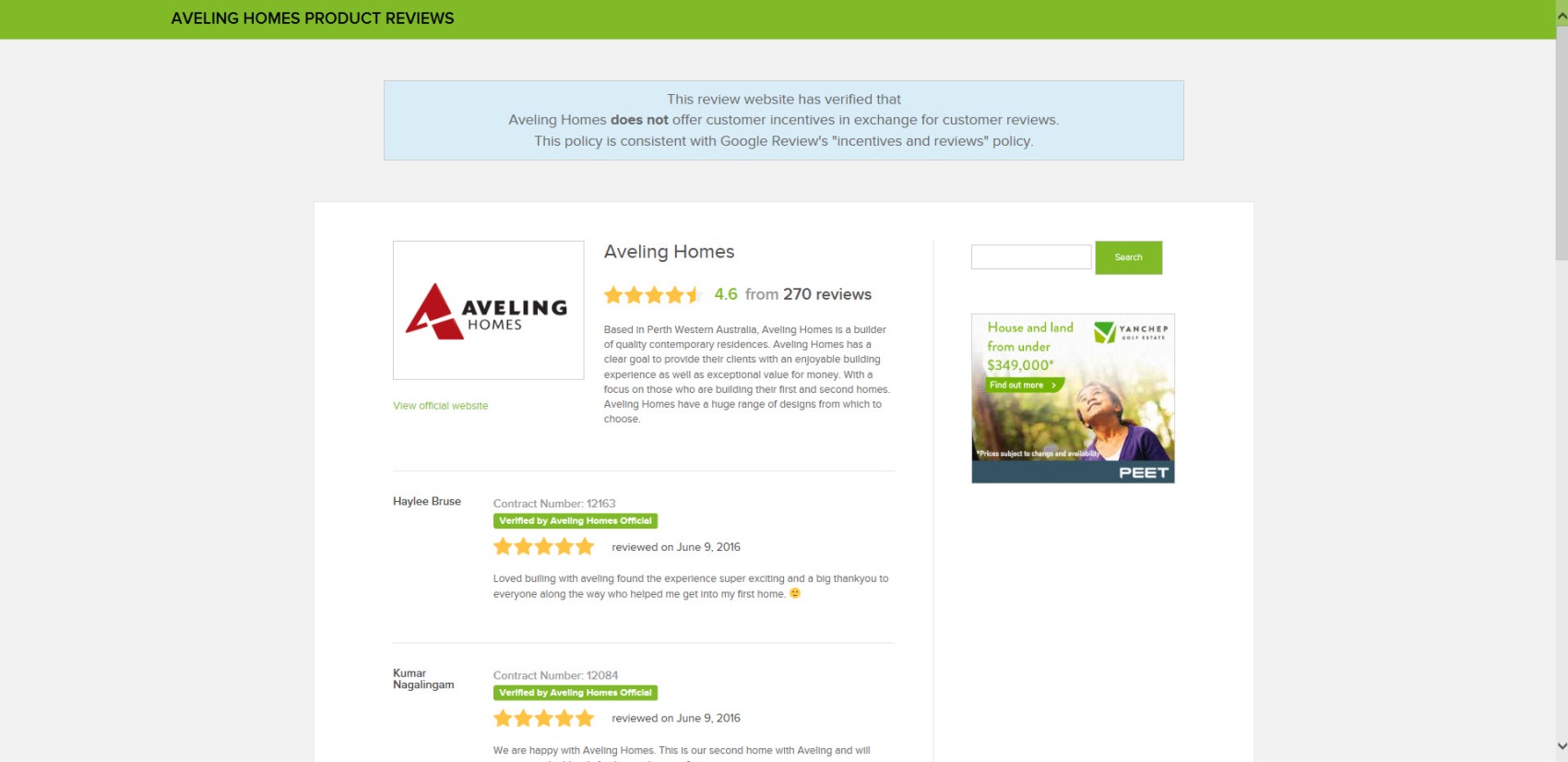He argued that competition law and the work of the ACCC is essential to maintaining faith in Australia’s free market system. He also highlights that penalties actually imposed here in Australia are stunningly lower than those in other comparable jurisdictions.
Of specific interest was his comments on the low typical fines imposed on corporates, such that there may be little financial incentive to do the right thing.
The ACCC is very concerned that penalties imposed by Australian Courts in both competition and consumer cases historically have not been sufficiently high to deter contraventions, particularly in cases involving larger businesses.
On the consumer side, the ACCC strongly welcomes the current Australian Consumer Law Review. This review acknowledges that the maximum penalties for breaches of consumer law are inadequate. They are too low to provide a powerful deterrent effect, and this is particularly the case for breaches by large corporate players that are unlikely to be deterred by a maximum penalty of $1.1 million per contravention.
The ACL Review recommends that the ACL penalties be comparable to competition law penalties that also operate across the economy. There appears to be no policy reason for the maximum penalties under the ACL being lower than those available for breaches of competition laws.
As one example, we were pleased late last year when Nurofen maker, Reckitt Benckiser, had its penalty increased by the appeal court from $1.75 million to $6 million, after it was found that the original penalty could not be viewed as substantial or as achieving deterrence.
The Court held that the penalty imposed by the first instance judge of $1.75 million was “manifestly inadequate”, and that a penalty at that level “would reinforce a view that the price to be paid for the contraventions was an acceptable business strategy, and was no more than a cost of doing business.”
Perhaps had competition law penalties been available to the court we could have seen a penalty many times higher than the amount awarded to act as specific deterrents to large, multinational companies such as Reckitt Benckiser.
I suggest, although we have no way of knowing, that the vast majority of Australians would consider a $60 million penalty more appropriate as a specific deterrent for Reckitt Benckiser, which is a large multinational company.
Turning now to competition law, we have a very different story. The penalties available in Australia are broadly in line with international trends. However, penalties actually imposed here in Australia are stunningly lower than those in other comparable jurisdictions.
The key reason for this is that Australian competition law penalties were only brought into line with those overseas in 2009. From that date Australian courts now have been able to impose penalties of up to 10% of turnover where, as is usual, the benefits obtained from the illegal activity cannot be calculated.
For a company that, say, has an Australian turnover of $1 billion, the maximum penalty per contravention can now be $100 million, rather than $10 million as it was before this change was introduced in 2009.
While we are only now encountering cases where the relevant behavior occurred post 2009, the Parliament has clearly spoken. It now wants higher competition penalties as, I suspect, does the average Australian.
As with the Nurofen case in consumer law, the courts also seem to be focusing on the level of deterrence required. In his judgment on our proceedings against ANZ Bank and Macquarie Bank last December, Justice Wigney expressed reservations about the amount of the penalty that was by agreement jointly submitted to the court.
He said that the penalties were “at the very bottom of the range of agreed penalties” and that he would have ordered a much higher penalty had there been no agreed penalty. He also said:
“A very sizable penalty is plainly required to deter a financial institution of the size of ANZ from engaging in such conduct again. Equally, a very sizeable penalty is required to deter institutions in positions similar to ANZ who might be tempted to engage in similar contravening conduct”.
Clearly the size of the company does matter when having regard to the level of penalty required to achieve specific and general deterrence.
The ACCC has been for some time giving this issue careful thought. In particular we have had regard to the way in which other countries quantify their penalties in order to achieve deterrence.
In December 2016, for example, Australia participated in a Global Forum on competition hosted by the OECD. A key issue discussed was sanctions in competition cases. The research revealed that most other OECD jurisdictions, including the US, UK and the EU have very transparent methodologies for determining penalties.
In the United States, Europe and the UK the methodology used to determine penalties includes the calculation of a ‘base fine’. This is usually done by reference to a set percentage (between 10% and 30%) of the relevant turnover of the business being penalised. The turnover figure is often the turnover of the firm in the jurisdiction concerned but sometimes it is the relevant global turnover of the firm.
Commonly once the base fine is calculated, it is increased having regard to duration of the conduct and numbers of contraventions, and other aggravating factors. Mitigating factors are then applied which reduce the fine before a final figure is determined.
An important difference between our approach and that of other overseas jurisdictions is that our Courts do not start the exercise of determining penalties by calculating a base figure calculated by reference to turnover of the firm.
If the base penalty approach was applied in Australia, firms with smaller turnover might end up with similar fines to those currently imposed, but importantly firms with substantially larger turnovers would generally end up with much higher penalties.
As an example, Professor Caron Beaton-Wells of the University of Melbourne has used the USA methodology to calculate that in the Visy case, instead of the penalty of $33m imposed then by the Court, the starting figure would have been $212 million, with potential to increase above that level. Under the EC’s 2006 Guidelines, Visy’s base figure would have been even higher.
In the ACCC’s view, penalties imposed under the CCA need to be many times higher than they are now to have a sufficient deterrent effect on larger firms. The current ACL Review has recommended such higher penalties for consumer law breaches; and we, the ACCC, must work with the courts to give effect to Parliament’s clear intention of a step change in penalties for competition law breaches by larger companies.











